Same Day Shipping EMI & COD on most products
Trusted Partner Since 1969
GST B2B Billing  Help
Help  00919699976817
00919699976817
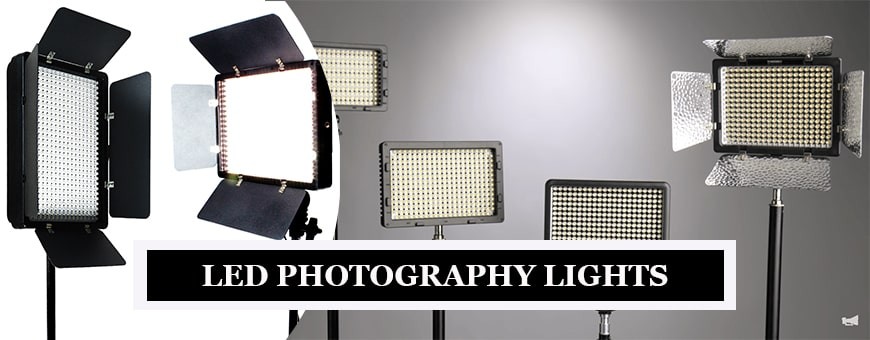

Showing 1–24 of 487 results
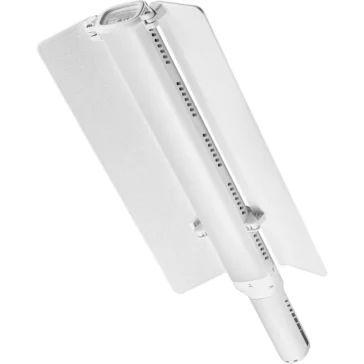
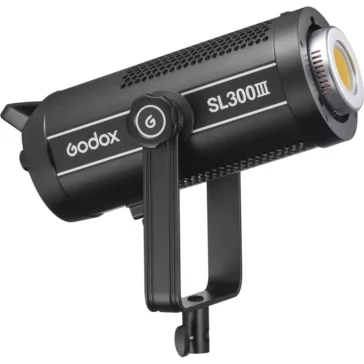
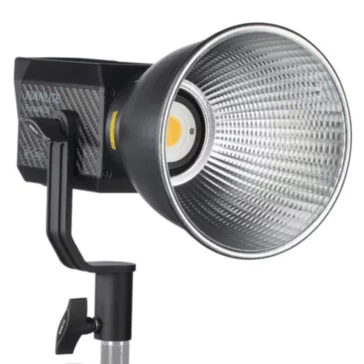
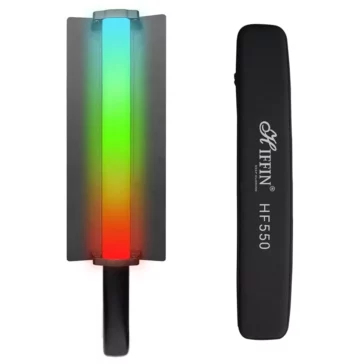
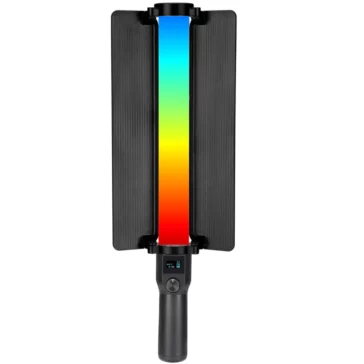
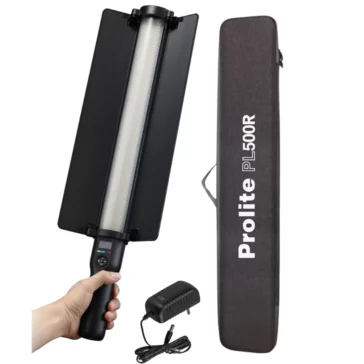
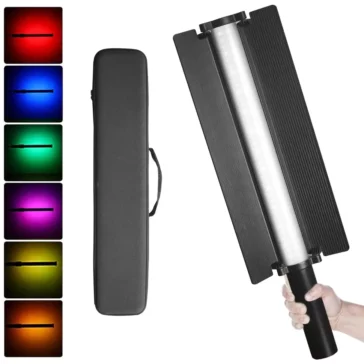
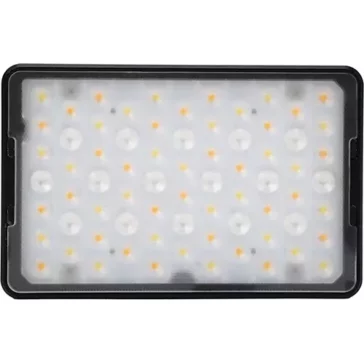
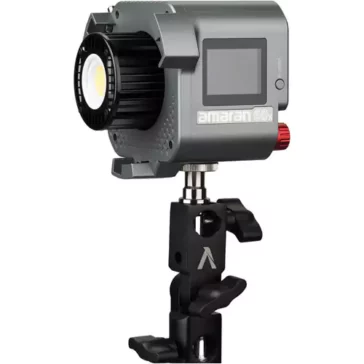
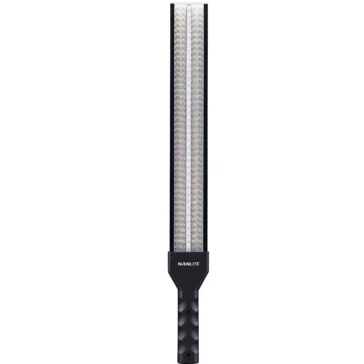
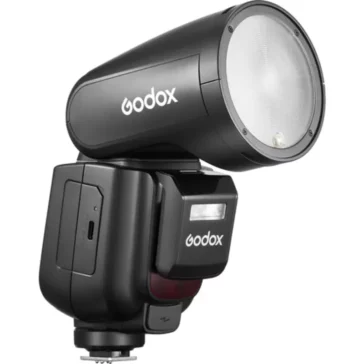

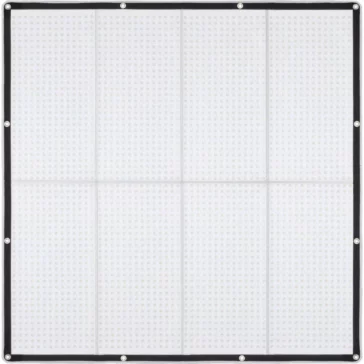
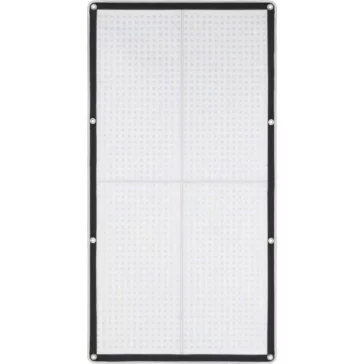
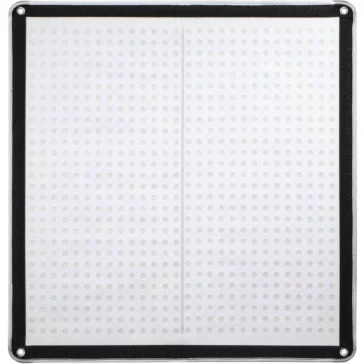
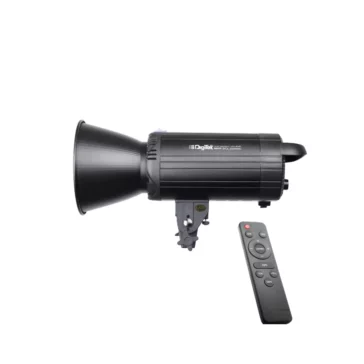
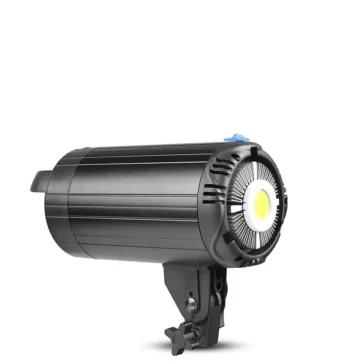
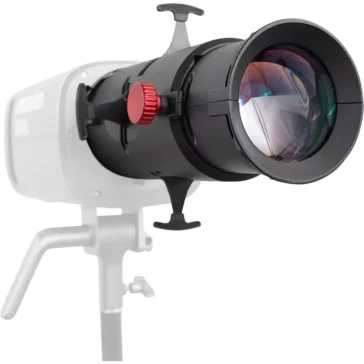



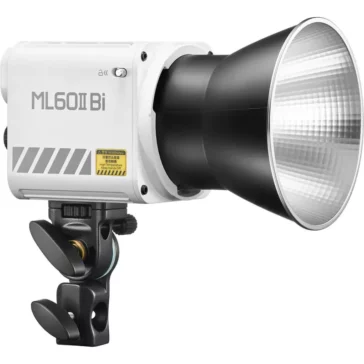
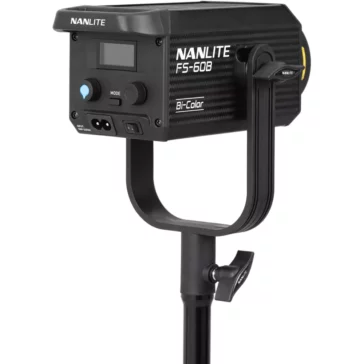
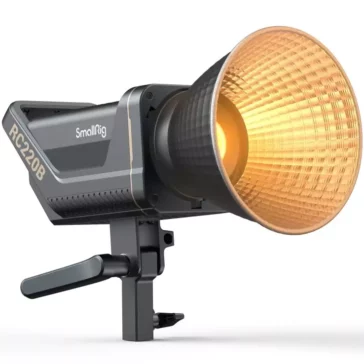
Photography Continuous & Strobe Lighting: The Game-Changer in Modern Photography
In the realm of photography, lighting is the backbone that can make or break an image. Among the myriad of lighting options available to photographers, continuous and strobe lighting stand out as two of the most popular and effective choices. But what makes them so essential, and how do they differ?
Continuous Lighting: The Constant Companion
Continuous lighting, as the name suggests, remains on and consistent, providing a steady source of light. This type of lighting is especially beneficial for photographers who are shooting videos or behind-the-scenes footage. One of the primary advantages of continuous lighting is its predictability. Since the light is always on, photographers can easily see how shadows fall and make real-time adjustments. It’s also a boon for videographers working alongside photographers, ensuring no flickering or inconsistent lighting in videos.
Strobe Lighting: The Burst of Brilliance
Strobe lighting, on the other hand, offers a burst of light, much like a camera’s flash. This type of lighting is incredibly powerful and can illuminate subjects in ways continuous lighting might not be able to achieve. Strobe lights can freeze motion, making them ideal for capturing fast-moving subjects. They are also energy-efficient, as they only release light for a short duration.
Continuous vs. Strobe: The Debate
The debate between continuous and strobe lighting boils down to the specific needs of the photographer. If you’re looking to capture video content or need to see how the light affects your subject in real-time, continuous lighting is the way to go. However, if you’re dealing with fast-moving subjects or require more power, strobe lighting is the better choice.
Both types of lighting have their place in creative photography. For instance, while strobe lighting can offer a powerful burst of light, it’s often complemented by the ambient light, which can be provided by continuous lighting sources.
In Conclusion
Whether you opt for continuous or strobe lighting, understanding the nuances of each can significantly enhance the quality of your photographs. By mastering these lighting techniques, photographers can elevate their work, capturing images that are not only visually stunning but also tell a compelling story.
Continuous lighting is preferred for video content because it provides a steady and consistent source of light. Unlike strobe lights, which produce bursts of light, continuous lighting remains on, ensuring no flickering or inconsistent lighting in videos. This makes it ideal for videographers who need a constant light source to capture smooth and evenly lit footage.
Strobe lighting offers several advantages in photography. It provides a powerful burst of light, which can illuminate subjects more effectively than continuous lighting in certain scenarios. Strobe lights can freeze motion, making them perfect for capturing fast-moving subjects. Additionally, they are energy-efficient as they release light only for a brief moment.
Continuous lighting aids in real-time adjustments by allowing photographers to see how the light affects their subject instantly. Since the light is always on, photographers can observe how shadows fall, the highlights on the subject, and make immediate changes as needed. This real-time feedback is invaluable for achieving the desired lighting effect.
Yes, continuous and strobe lighting can be used together in creative photography. While strobe lighting offers a powerful burst of light, it’s often complemented by the ambient light from continuous sources. Using both types of lighting can provide a balanced light setup, combining the strengths of each to produce compelling images.



Most units are shipped same day using professional courier services with tracking.
We work round the clock to ensure you get the highest level of customer satisfaction.
Well packed, Sealed Units are shipped from our warehouse which are waterpoof & sturdy.
Design Info
GST: 27AYUPJ2628P1ZK
No.1, Saremals, Shastri Hall Building,
Nana Chowk, Grant Road West,
Mumbai 400007, Maharashtra, India
New Delhi Branch – South Ex 2, 110049
Also Ships DAILY from Brisbane, Dubai,
Berlin, Barcelona, Detroit & Vancouver.
Connect online / schedule a demo
Call/WhatsApp: +91-9699976817
Email: [email protected]
Live Chat: Business Hours
Follow Us: @designinfo.in
Copyright © 2014-2022 Design Info All Rights Reserved. Feedback on web experience
Since 1969